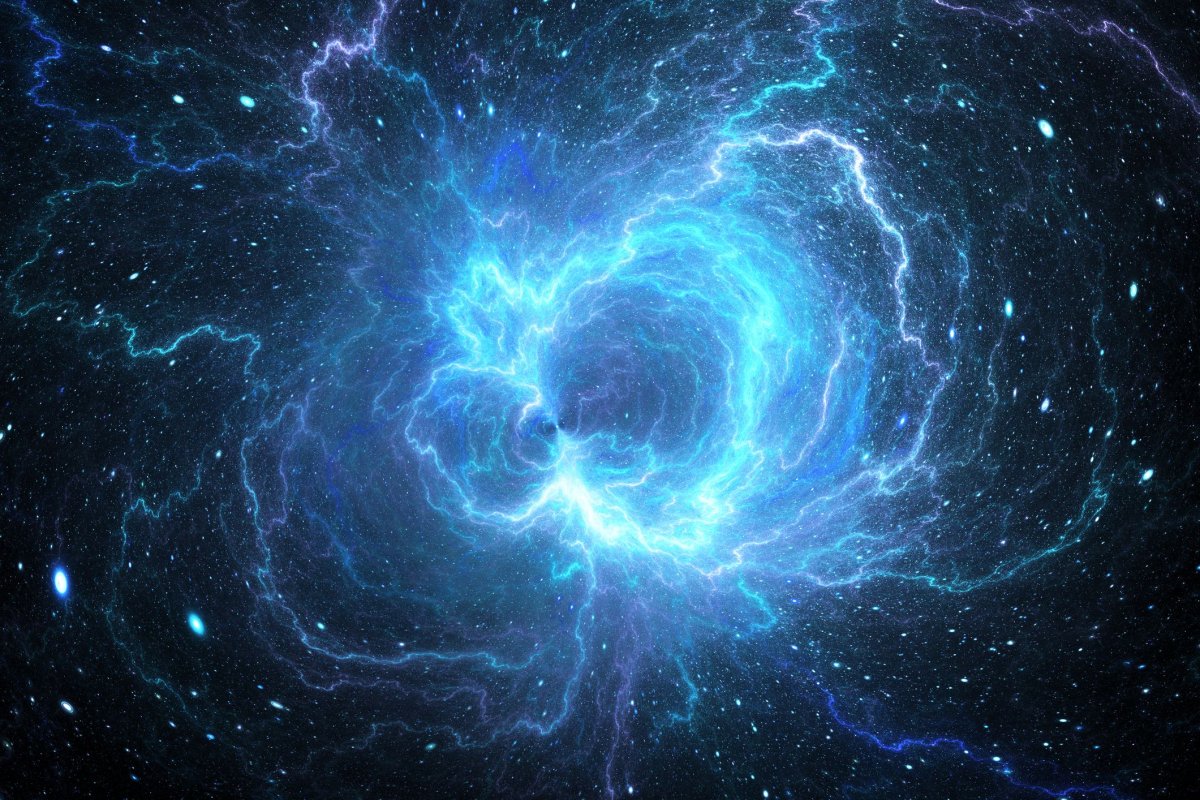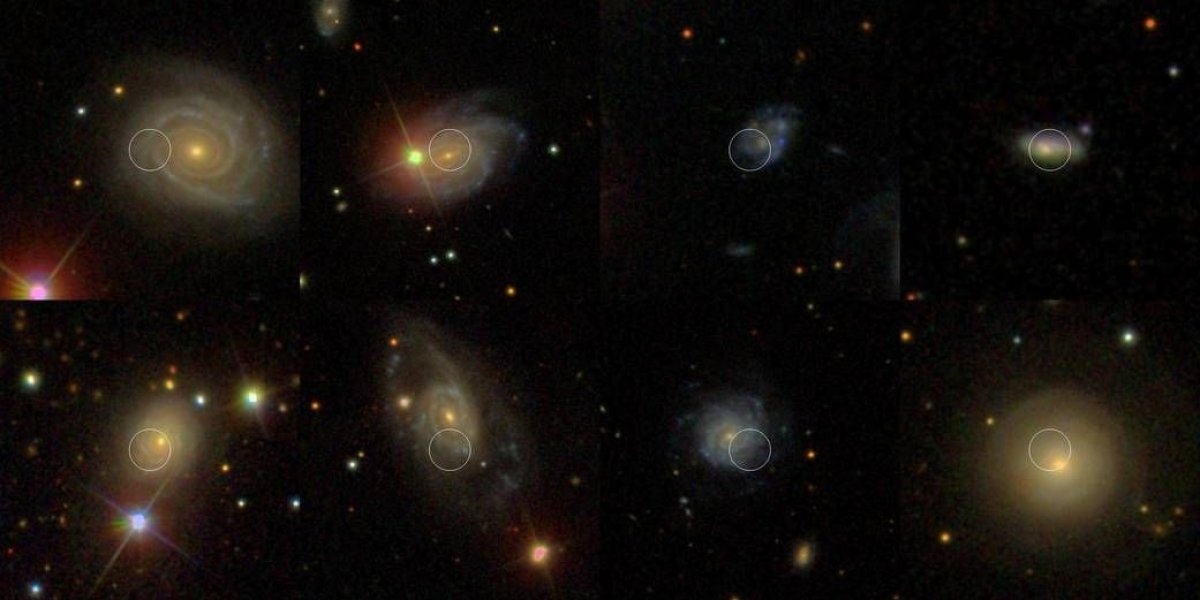Dark energy—the hypothetical force that scientists believe makes up the bulk of the universe and is driving its expansion—might not exist. Professor Subir Sarkar, a particle physicist at the U.K.'s University of Oxford, said that as we gather more evidence about the universe and its expansion, the case for dark energy gets weaker and weaker.
The concept of dark energy was first proposed in the 1990s after scientists observed light from supernovae that was weaker than expected. Astronomers Saul Perlmutter, Brian Schmidt and Adam Riess eventually came to the conclusion that the universe was expanding at an accelerating rate and that dark energy was behind it.
Two research teams—one headed by Schmidt and the other by Riess—mapped the universe by looking at the most distant supernovae. Using telescopes, advanced computers and digital imaging, both teams independently showed that 50 distant supernovae appeared to be moving away at an ever faster rate. In 2011 they were awarded the Nobel Prize in Physics for their work.
The vast majority of researchers working in the field had accepted the concept of dark energy long before Schmidt, Riess and Perlmutter's research was published. Further to this, their observations have repeatedly been backed up through various cosmological observations and measurements.
Sarkar is one of only a tiny proportion of highly controversial scientists that dismiss dark energy.
"I was skeptical from the beginning," Sarkar said in an interview with the European Union's Horizon magazine. "I didn't think the astronomers were taking full account of the systematic uncertainties in their data."
In 2014 the data used in the original research was made public. The following year, Sarkar and colleagues began an independent analysis of the results. He said their findings showed that evidence for dark energy had a statistical significance of three standard deviations—or three sigmas. The higher the sigma, the more robust, or likely, the result. "You should not get too excited until you have at least a five-sigma result—certainly when it concerns fundamental physics," Sarkar said.

Last month, Sarkar submitted a study for publication that refutes the existence of dark energy and instead proposes the expansion seen is the result of "bulk flow" in the local universe. This, he says, explains why expansion rates appear to differ across the universe. Most of the measurements used to support dark energy were taken from supernovae within the same bit of the universe. When you look outside this region, the statistical significance drops.
"It's a bit like being in a car, and recording other cars accelerating away from you," Sarkar explains. "Well, maybe they're not accelerating—maybe you're decelerating. The point is, we're not ideal observers. We are moving relative to other objects in the universe, and that biases our measurements."
This study, however, has yet to be peer reviewed—a chance for other scientists to scrutinize and the work and point to potential flaws.
Most scientists working in the field still accept that dark energy is behind the universe's expansion, and Sarkar is aware it will be difficult to change the consensus view. However, he says experiments currently taking place may help change some of his peers' minds over the coming years. "The trouble is that people think our standard model of cosmology is simple and it fits the data," he said.
"The Ancient Greeks thought the same about Aristotle's model of the universe, in which the sun and the planets revolve around the Earth. But we need to be open to different possibilities. Let's just hope that it doesn't take as long to replace our standard model as it did Aristotle's—2,000 years."
Most people working in this area of science disagree, however. Riess, from Johns Hopkins University, told Newsweek that Sarkar's argument is based on the removal of data, which "isn't in the direction of making science progress."

He said that in 1998, both scientific teams behind the discovery were 99.5 percent sure of their findings. "In the language we use in science, we never say anything is 100 percent true or sure," he added. The half a percent uncertainty would, however, mean that the universe was completely empty—that there was no matter and no energy. "Even in 1998 that slim possibility was wrong—there's a lot of matter in the universe," Reiss said.
Over subsequent years, corroborating data allowed scientists to increase their confidence in dark energy to over 99.99 percent. "What Sarkar did, as I understand, he decided to remove all the corroborating data. I thought this was a strange academic exercise."
He said that the prominence of controversial theories has lead to the public being misinformed. "There's a fascination with people who will say the opposite of whatever the prevailing understanding of something. People latch onto it. It's thrilling this idea that everybody has it wrong.
"In some ways, these people are very useful because we can learn a lot— it's useful if they make an interesting argument, a creative way to re-understand something. But just redacting data is not to me an interesting way. It's like saying 'what if we didn't know everything we knew from the last 20 years. Then what would we think?' That isn't really going in the direction of making science progress or understanding the universe better."
Updated: This story has been updated to include more information about dark energy and its acceptance among the scientific community and comments from Adam Reiss.
Uncommon Knowledge
Newsweek is committed to challenging conventional wisdom and finding connections in the search for common ground.
Newsweek is committed to challenging conventional wisdom and finding connections in the search for common ground.
About the writer
Hannah Osborne is Nesweek's Science Editor, based in London, UK. Hannah joined Newsweek in 2017 from IBTimes UK. She is ... Read more
To read how Newsweek uses AI as a newsroom tool, Click here.








